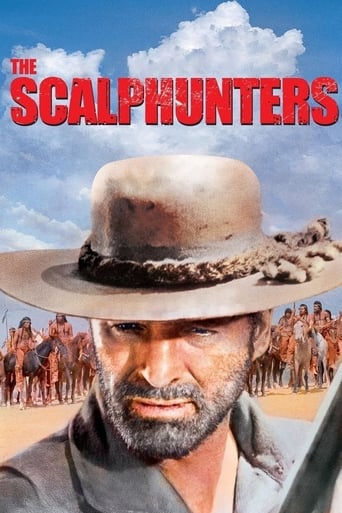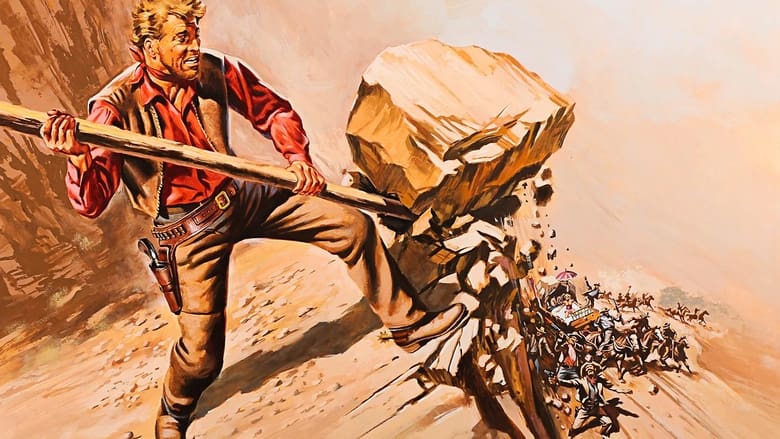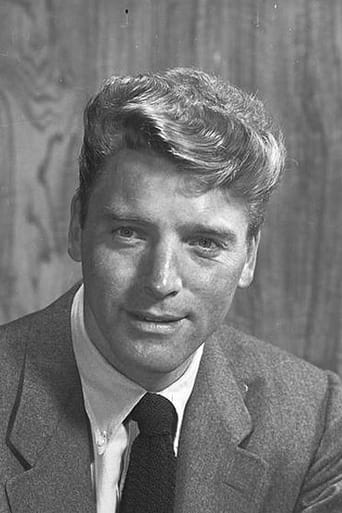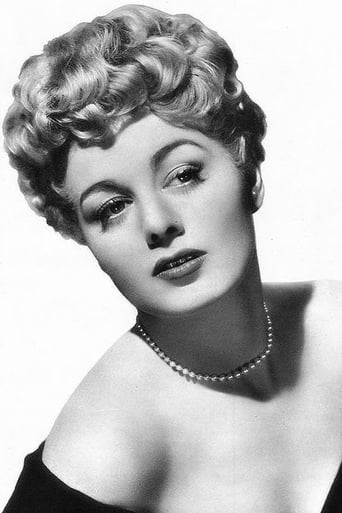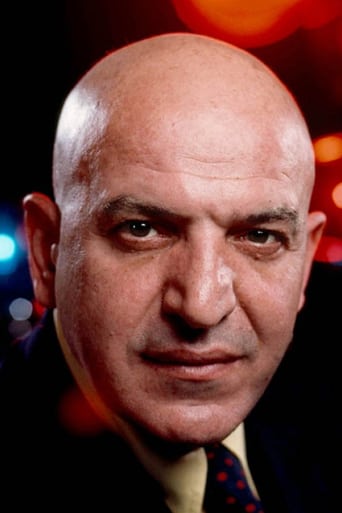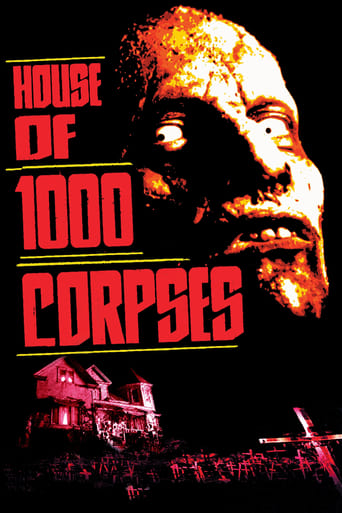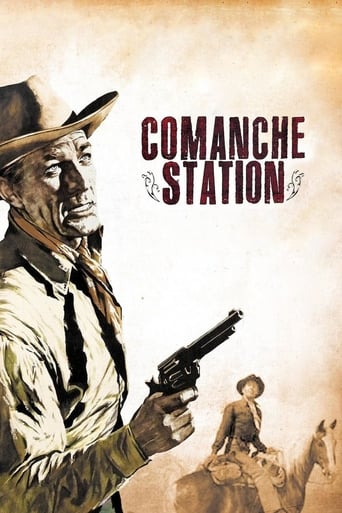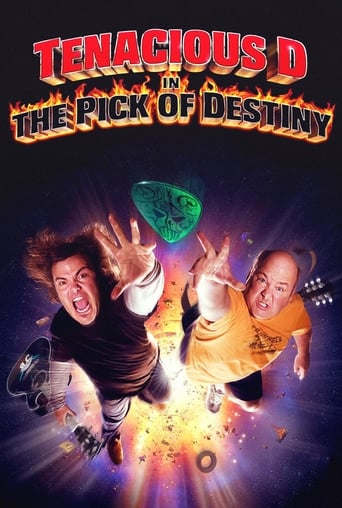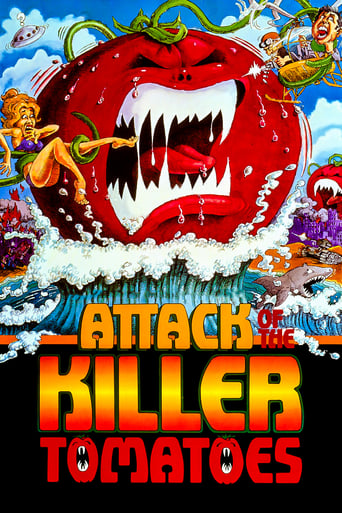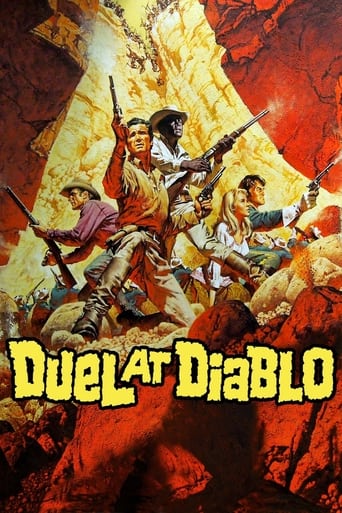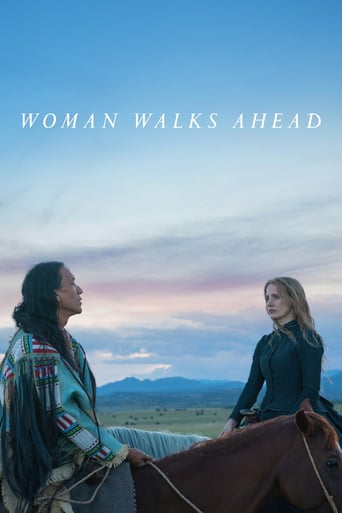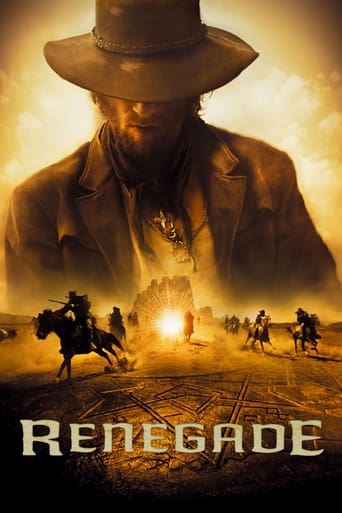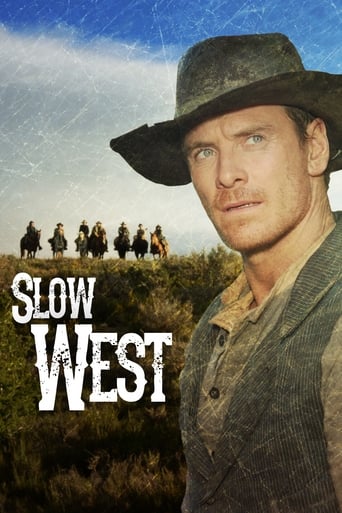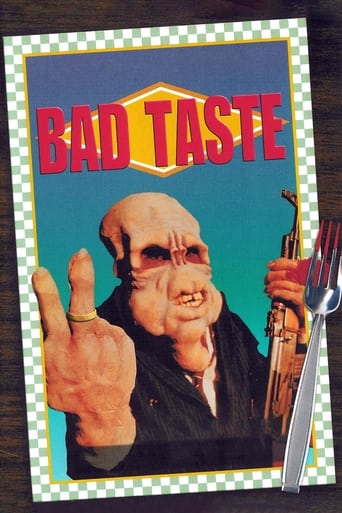The Scalphunters (1968)
Forced to trade his valuable furs for a well-educated escaped slave, a rugged trapper vows to recover the pelts from the Indians and later the renegades that killed them.
Watch Trailer
Cast


Similar titles
Reviews
I like the storyline of this show,it attract me so much
Truly Dreadful Film
Redundant and unnecessary.
There is, somehow, an interesting story here, as well as some good acting. There are also some good scenes
"The Scalphunters," made in 1968, is director Sydney Pollack's meditation on property, black power, and the amorality of whiskey and sex, and a kind of buddy picture or screwball comedy, told through the guise of a traditional western. Set in 1860 somewhere outside the territory of the United States, it might have been called "How the Runaway Slave Joseph Lee Got His Fists Back" or "The Furry Treasure of Sierra Madre." It's a Pollack picture, so it's genial, good-natured, entertaining, and only a little improbable, and the good guys endure to fight another day. Burt Lancaster grabs the viewer's attention as always, even though the role of a trapper intent on keeping his furs doesn't offer him much breadth here. Telly Savalis, Shelly Winters, and Ossie Davis are all enjoyable, if a bit campy, as a Kansas bank robber, a star-gazing strumpet, and a Latin-quoting runaway respectively. There are Indian attacks, showdowns, and shootouts enough for a John Ford western. The film has aged well.
If you happen to be alive and watching films in the late 60s, you'd be immersed in a period richer than anything we have seen since, I think. People just seemed more receptive to fundamental reinvention where today its assurance we need.There are lots of obvious examples of this. Here's a much less obvious one, and it may be hard to see why.Superficially it is a slight project, a slim entertainment in a common form: a genre film that references the established notions of western justice that has in the standard interstices a story of racial justice earned. (You have to imagine that in those days it was commonly accepted that the black "man" had by dint of intense perseverance finally achieved a place at the table. Also, you have to place yourself in a place where the western was still taken seriously and without irony as the zone where American values were handled, reaffirmed.)Its not obvious today, because notions of race have since shifted. But this was a fairly radical film in its time: more so say than "Guess Who's Coming to Dinner," or "Lilies of the Field." The idea of weaving these two notions of justice together was pretty radical, and extremely ennobling. It was a special event then. Today, its old candy.And that's the power of this, knowing what it was and seeing how tepid the "message" is. Today, we're as likely to see the whore with the golden heart as mattering.Ted's Evaluation -- 2 of 3: Has some interesting elements.
The best thing about this film is the humour, and the sharp dialogue. With this cast just about every scene is enjoyable, but the scenes between Burt Lancaster and Ossie Davies literally crackle. (Ossie Davies practically makes this picture his own, no mean feat with a cast of this quality). Telly Salvalas makes a really great baddie, and Shelley Winters is the perfect counter to him. The script has an edge like a razor, and despite being very funny, has some serious reflections on everything from greed to race. If you haven't seen it yet, you are in for a treat. From start to final minute, a cracking good picture. Even if you are not a western fan, I recommend this film. It's the great characters and dialogue that make it stand out.
Wildly entertaining western romp with the still athletic Lancaster (as a frontier trapper) and Davis (as runaway slave) reluctantly teamed against a band of bandits led by Savalas. I noticed this pic as good time fun during a TV showing as a kid, way way before the nice DVD version, and still have fond memories of an easygoing adventure. Lancaster is exuberant in this, despite being well into his middle-aged years; he still comes across as someone who can outfight any man and rassle a grizzly bear on the side. He also presents an iconoclastic character here, supremely content onto himself, with not much use for civilization OR anarchy (represented by the barbaric bandits). Just leave him to do his own thing; if you don't, you're in for a fight - don't matter who you are, as Savalas and his band find out.Savalas is great as the bandit leader, dangerous blow-hard that he is; though not too intelligent, he's still a lot smarter than the other idiots under his rule (including a bearded Dabney Coleman in an early role). His main squeeze is the cigar-chomping floozy Shelley Winters, hamming it up as much as the otherwise all-male cast. Davis, in an odd contrast, comes across as the most sophisticated of the whole bunch, despite supposedly being a slave his entire life; he also proves to be the most duplicitous; he's not simply honorable and disappoints Lancaster more than once. Maybe director Pollack was sneaking in some commentary on the outmoded superior standing of the white race by this point, though I think it was wishful thinking that Davis could get away with as much as he does here in the 19th century. In all, the actors prove to be good hams to the very end.

